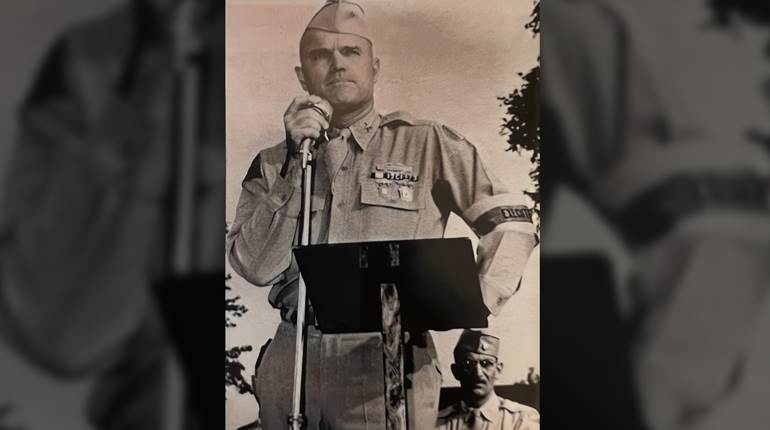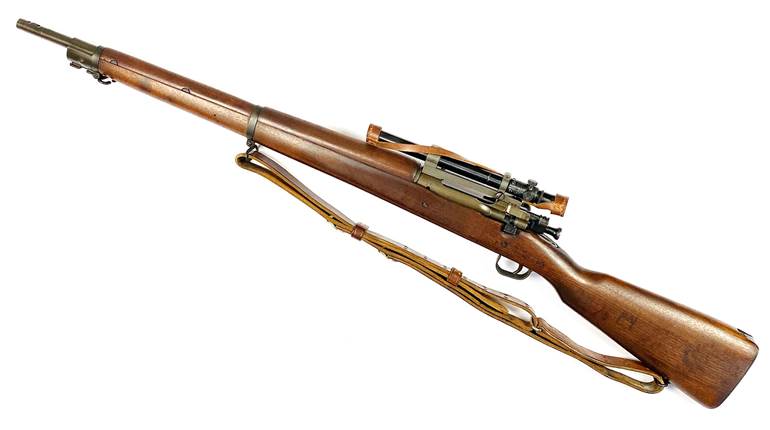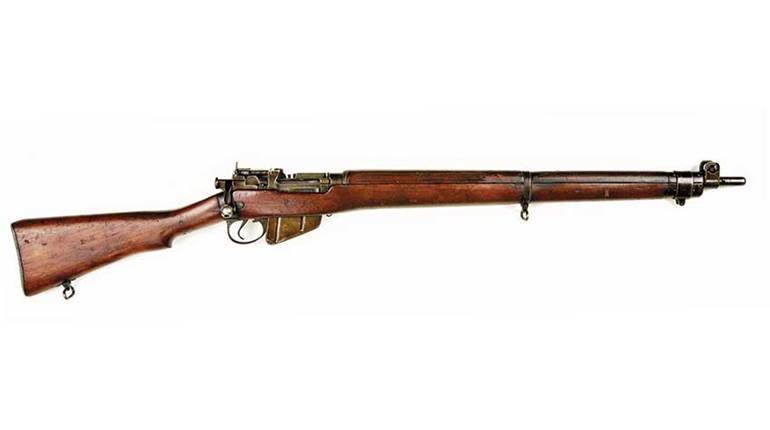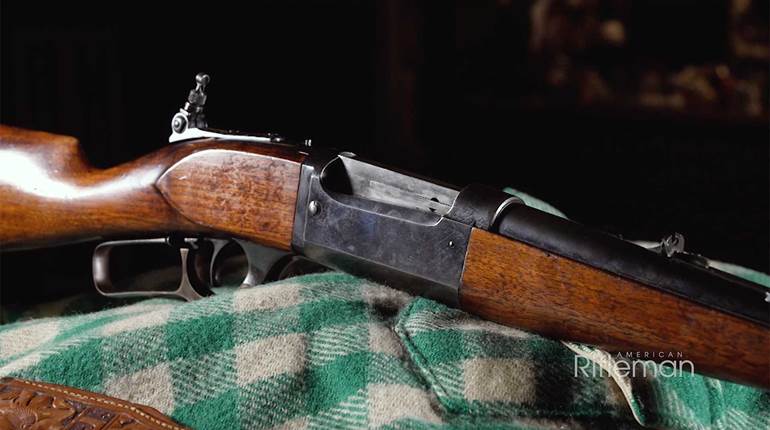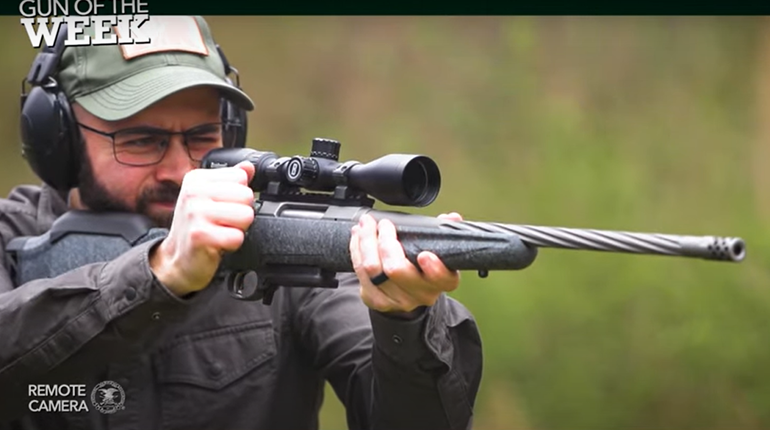
By March 1st, 1945, the Third Reich was collapsing. In the West, Allied forces were quickly pressing forward as German formations retreated headlong in a frantic effort to cross the Rhine and reach the comparative safety of the east side of the river. All along the Rhine, the Germans began blowing up bridges in the hope of holding off the Allied advance with the largest natural barrier left.

On March 7th, men of the 9th Armored Division were surprised to find the Ludendorff Railway Bridge over the Rhine was still standing. The German defenders at Remagen failed to drop the big bridge into the river below, and after a wild, miraculous dash across the span, a company of recon troops had secured the first pathway across the Rhine.
The Remagen bridge eventually collapsed on March 17th, but not before thousands of American men and machines had crossed. Pontoon bridges were built alongside and the door to heart of the Third Reich was open, but only a crack. One more allied amphibious assault would be necessary.

Allied leaders put long-anticipated plans for an amphibious assault across the Rhine into motion. A critical component of this crossing was Operation Varsity, a joint Anglo-American airdrop to secure the landing sights from the east side of the river.
The original plan for Varsity involved three airborne divisions: the British 6th Airborne Division, veterans of the Overlord operation in Normandy, the U.S. 17th Airborne Division, recently blooded in the fighting in the Ardennes but still without a combat drop, and the mostly untested U.S. 13th Airborne Division.

It soon became clear that the 13th Airborne would be unable to take part, through no real fault of their own, but simply because there were not enough Allied transport aircraft available to carry a third division.
Even without sufficient air transport to carry in three paratroop divisions, Operation Varsity would be a massive “single-lift” airborne operation. Allied planners also made a significant change in airborne strategy, with hard lessons learned from the failures of Operation Market Garden, the airborne assault in Holland in September 1944.
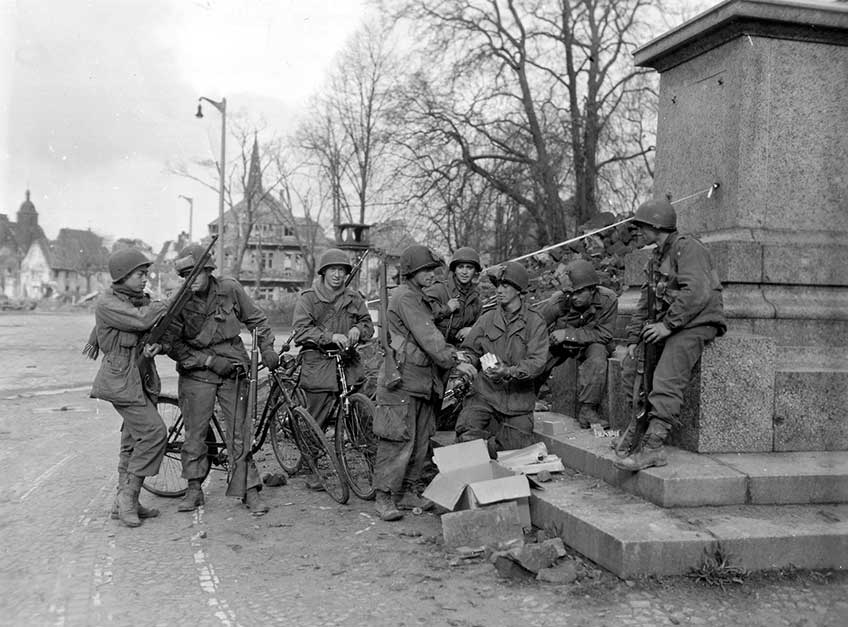
During Operation Varsity, the airborne divisions would reach their drop zones after the first wave of the amphibious troops attacked the east side of the Rhine. Also, the drop zones were relatively close to the crossing points on the river to help ensure that the paratroopers would not be surrounded and cut off as had happened in Holland.
The entire airborne assault would happen in one go, the sheer volume of Allied paratroopers expected to overwhelm German forces in the area. Re-supply drops were planned to take place as soon as the transports could be refueled and reloaded at forward fields.

As it turned out, the morning of March 24, 1945 would see the single largest airborne operation in history. To provide an idea of scale, the aerial procession of transports was more than 200 miles long. The necessary aircraft to carry just the 17th Airborne Division was comprised of 836 C-47s, 72 C-46s, and more than 900 Waco CG-4 gliders.
At approximately 10:00 a.m., the first paratroopers began to descend near Wesel, Germany. German defenders looked to the sky with their mouths agape, while lead elements of the Allied river assault began to expand their beachhead.

Allied air power had established complete daylight air superiority over the target area, so it was considered unlikely that the Luftwaffe could intervene. In case they tried, more than a thousand Allied fighters escorted the transports to the drop zones. Unfortunately, Allied dominance in the air did not alleviate the threat from German anti-aircraft guns.
Ranging in size from infantry machine guns, to 20 mm and 37 mm auto-cannons, to 88 mm guns, German flak batteries turned out to be more plentiful than expected. By this late stage of the war, German AA crews were also quite experienced, so the long sky trains of slow-moving transports presented an easy target.

Flak took a heavy toll of the transports and gliders flying low and slow in broad daylight: 30 C-47 transports, 19 C-46 transports, 15 B-24 bombers, and 13 gliders, were shot down by German AA fire during Operation Varsity. Many more were damaged.
The gliders were particularly vulnerable, and some estimates claim that more than 60 percent of them were hit by ground fire. Operation Varsity showed that the era of the combat glider was rapidly coming to an end.

The 17th Airborne Division went into battle with the latest small arms in the American arsenal. By March 1945, the paratroopers had finally received a full allotment of the folding-stock M1A1 Carbine. Many of them also carried the .45-cal. M3 “Grease Gun” submachine gun that featured a collapsing wire stock.
The venerable Thompson submachine gun was still a part of paratrooper arsenal and several made the trip across the Rhine as well. The airborne riflemen carried the M1 Garand rifle, the rock-solid .30-cal. foundation of America’s WWII infantry firepower.

There were some new support weapons in action with the paratroopers, too. The air-cooled, .30-cal. Browning M1919A6 machine gun had been provided to the airborne units.
The “A6” variation of the standard M1919A4 machine gun added a simple metal buttstock, a pistol grip, a carrying handle, and a folding bipod to make the weapon into a quasi-light machine gun. At 32 lbs., the M1919A6 was anything but light, but the modification did make the already reliable MG more flexible without its normal tripod.

There was an improved Bazooka available—the M9A1 could be disassembled into two pieces for easier carrying. The new version of the rocket launcher used battery ignition to replace the less-reliable trigger magneto. An optical reflector sight replaced the old iron sights. The improved M6A3 anti-tank ammunition could ostensibly penetrate 100mm of German armor plate, although few GIs were eager to try it.
Alongside the new model Bazookas came another recoilless support weapon: the M18 57mm recoilless rifle. A few M18s had just arrived in the ETO in March 1945, and a small number were given to the 17th Airborne. The 44-lb. (61.5" long) recoilless rifle could be used from a M1917A1 machine gun tripod or fired from the shoulder.

The M18 was equipped with a M86C 2.8X scope and the weapon had a maximum effective range of about 500 yards. Its ammunition options included HE (high explosive), HEAT (high explosive anti-tank), and Smoke (white phosphorus). The M18 was far more accurate than a Bazooka, and the men of the 17th Airborne used it primarily with HE rounds to blast German machine-gun nests and dug-in snipers.
Any extra firepower was certainly needed as the 17th Airborne’s daylight drop saw the paratroopers immediately in action, finding themselves among several enemy artillery batteries. The paratroops overwhelmed the German artillery in some furious close-quarter action that resulted in two posthumous Medal of Honor awards.

Private George Peters of the 507th Parachute Infantry Regiment and PFC Stuart Stryker of the 194th Glider Infantry Regiment both attacked German machine-gun positions on their own, sacrificing their lives to give their units time to form up and secure their drop zones.
The paratroopers put their anti-tank weapons to good use, and after-action reports claim the 17th Airborne destroyed at least 10 German tanks and five self-propelled guns during the first day of combat.

The hard-fighting paratroops captured and held their objectives within a few hours, capturing nearby villages and key road junctures, along with the bridges over the Issel River.
The 17th had destroyed German artillery batteries shelling the Rhine crossing beachheads and blocked the Germans’ ability to counterattack the amphibious landing.

Operation Varsity was an unqualified success, but the cost of victory had been high. The 17th Airborne suffered almost 1,300 casualties, almost 14 percent of the troops involved. The British 6th Airborne took almost 1,400 casualties, more than 19 percent of their airborne force in combat that day.
The Rhine had been crossed. The road to Berlin and final victory in Europe had been fully opened. Meanwhile, the era of large-scale paratroop operations had just passed into history with one massive final drop of airborne heroes.












